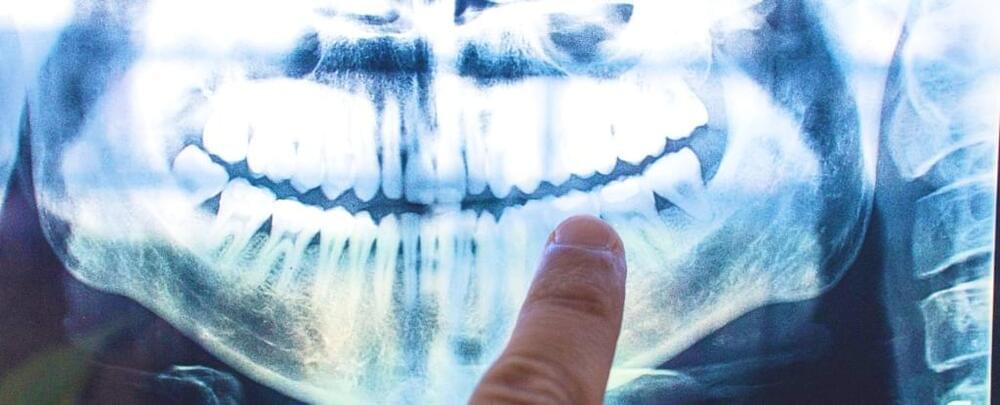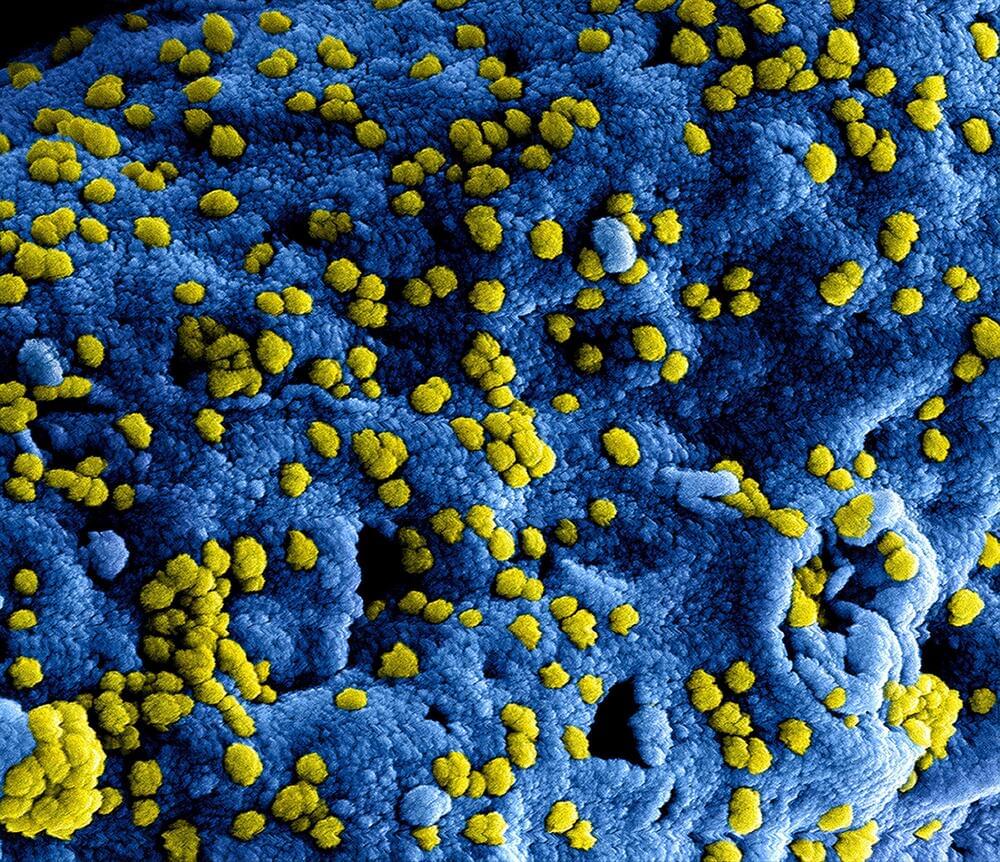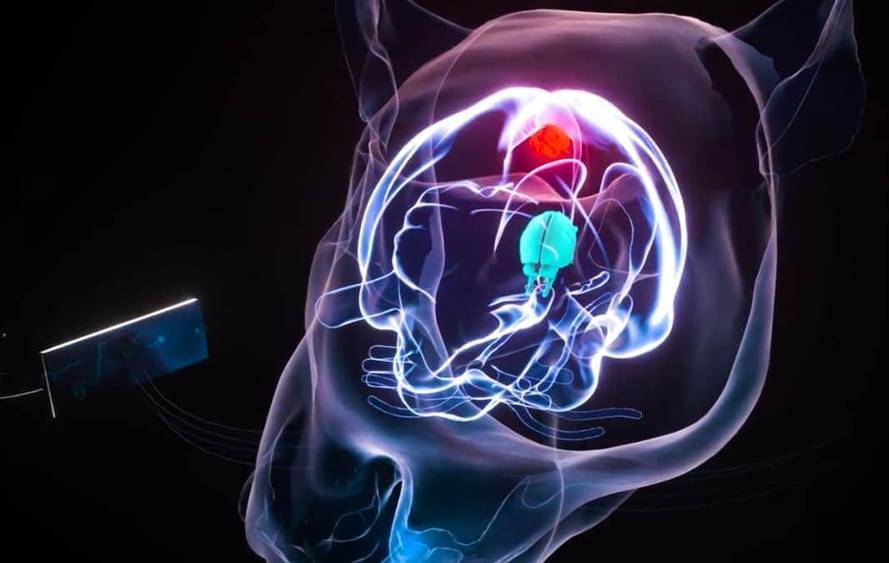The evolution of a new species by hybridization of two previously described species with no change in chromosomal number is very unusual in the animal world. So far, only a few empirically acknowledged cases of this spontaneous mode of evolution (from one generation to the next) known as homoploid hybridization exist.
A study led by Axel Meyer, Professor of Zoology and Evolutionary Biology at the University of Konstanz, has successfully demonstrated the emergence of a new hybrid species in cichlid fishes. This is likely the first instance of this genetic speciation method in vertebrates. The researchers reveal that a new hybrid species has emerged from the cichlid A. sagittae and A. xiloaensis in the crater lake Xiloá in Nicaragua using whole genome sequencing of more than 120 individuals as well as a number of other techniques.
Their findings were recently published in the journal Nature Communications.









